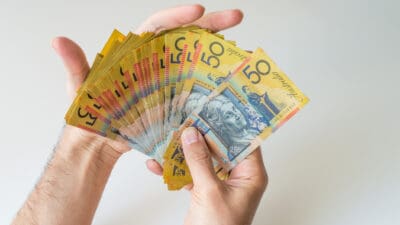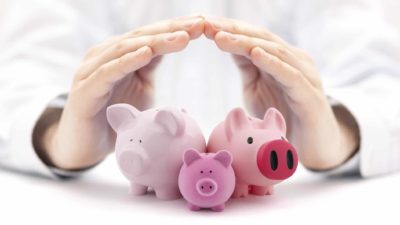Want to know how to start investing in ASX shares for beginners?
Great! I think shares are the best way to build wealth over the long-term. You can get started with as little as $500 and it's so easy to just start investing compared to buying a property.
Before you can buy your first ASX share you need to decide with which broker you're going to buy the shares with.
There are plenty of websites that can help you compare different brokers such as Canstar, Finder, the ASX website and there's plenty of others.
Quite often people just go with their bank's share brokerage option, at least to begin with, which is why I started with Commonwealth Bank of Australia's (ASX: CBA) CommSec.
After that you need to decide what your first investment is going to be. Some people advocate for a business that you use or see in everyday life – which might mean Woolworths Group Ltd (ASX: WOW), Telstra Corporation Ltd (ASX: TLS), REA Group Limited (ASX: REA) – the owner of realestate.com.au – or perhaps Costa Group Holdings Ltd (ASX: CGC), which probably grows some of the tomatoes, mushrooms, berries, avocadoes and citrus fruit you eat.
But I think an even better starting place could be to go for an exchange-traded fund (ETF), which is a fancy way of describing being able to buy a basket of shares with just one purchase on the Australian Stock Exchange via your share broker.
One of the main pleasing aspects about ETFs is the instant diversification it gives you. Owning just one business like Woolworths is much riskier for your portfolio than owning dozens or hundreds through the underlying holdings of the ETF.
For example, the BetaShares Australia 200 ETF (ASX: A200) gives us access to the ASX200 – which is 200 of the largest businesses on the ASX. If you own this ETF, 7.9% of your money is in CBA shares, 6.2% is in CSL Limited (ASX: CSL) shares, 6.1% is in BHP Group Ltd (ASX: BHP) shares, 5.6% in Westpac Banking Corp (ASX: WBC) shares and so on.
Foolish takeaway
The only thing to do after you've bought shares is just be patient, ride the highs and lows. You'll be regularly paid distributions or dividends and you can re-invest that money into more shares or spend it. It's as simple as that.








